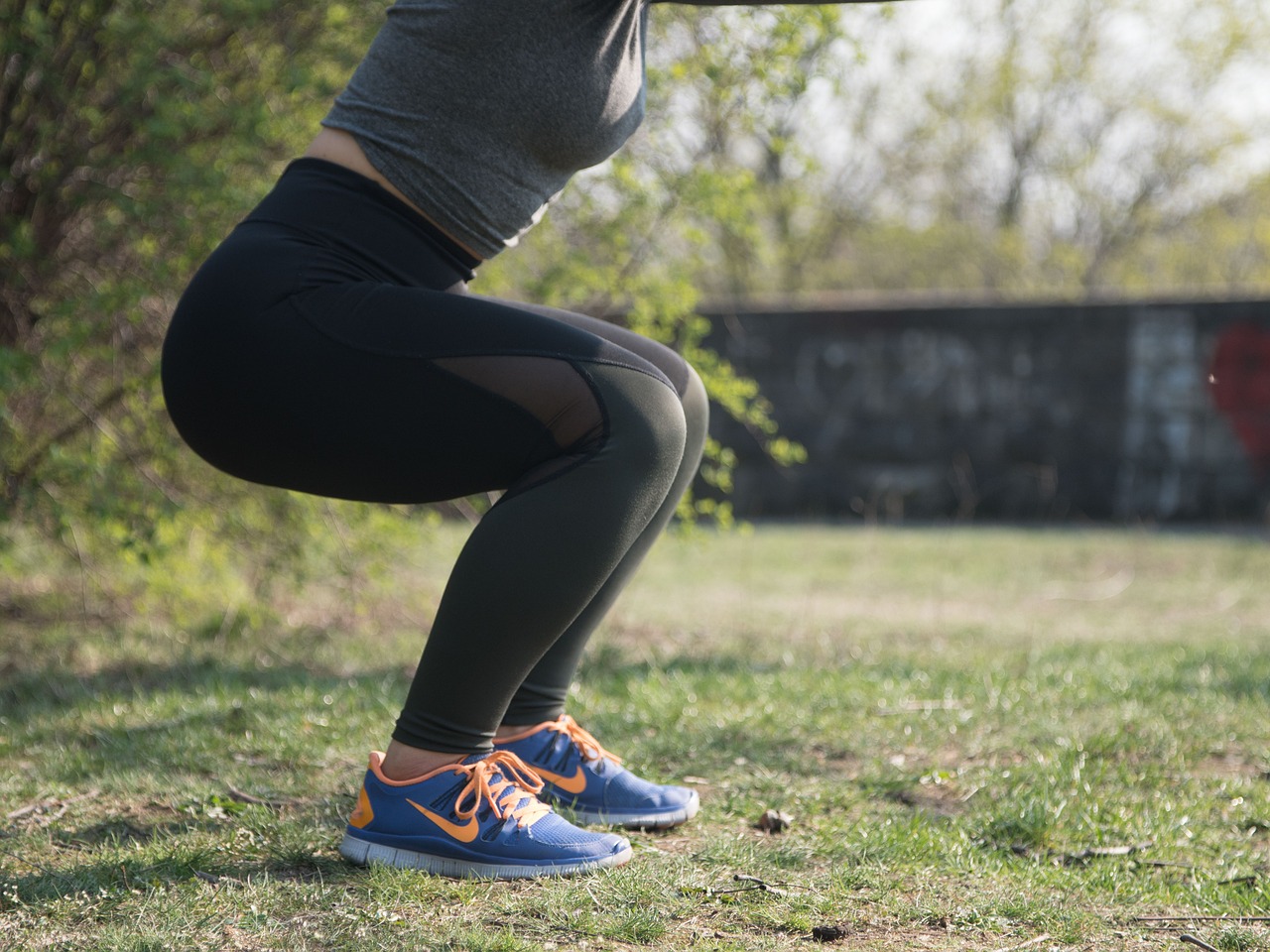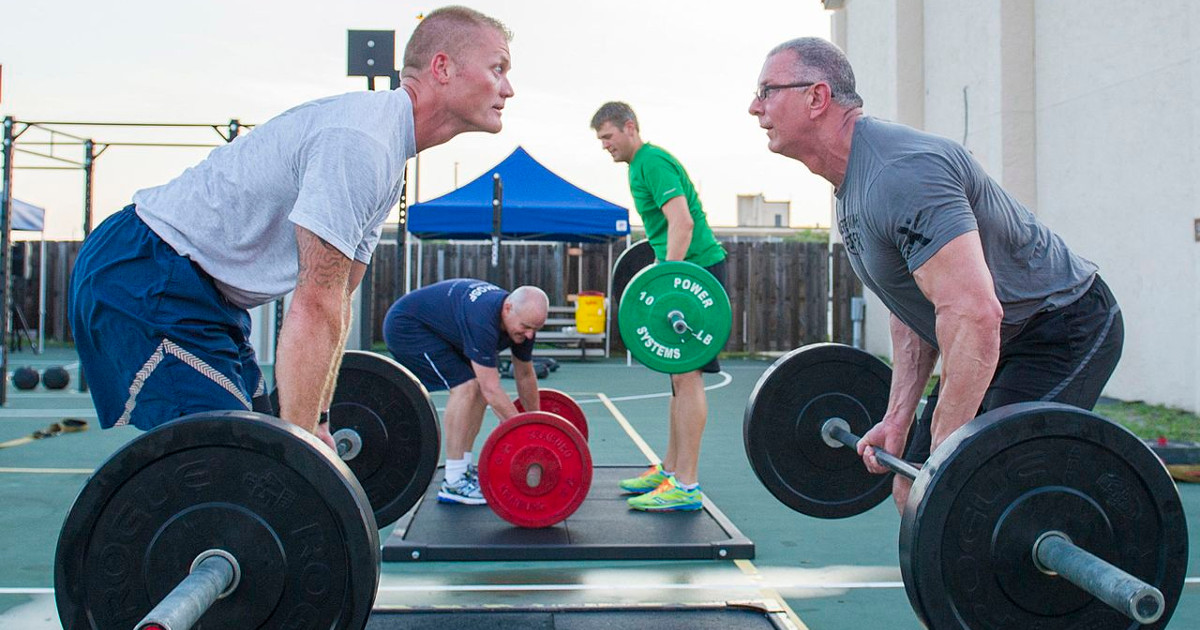Fitness Training
Metabolic fitness training is an approach that combines strength training and high-intensity interval training (HIIT) to maximize calorie burn, improve cardiovascular health, and build muscle. read more
Training As We Age
The fastest growing population group in the United States includes those people between age 65 and 70, with over 12 million people. With the aging baby boomers, the population age 65 and higher is expected to continue growing rapidly. However, growth in the aged population has little to do with improved health habits. The Center for Disease Control reports that more than one-third of older adults aged 65 and over were obese in 2007-2010 with obesity prevalence was higher among those aged 65‒74. Studies regularly report that the aging population loses muscle, gains fat, and overall quality and quantity of… read more

